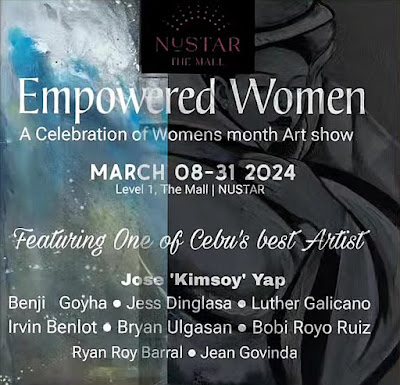The Historic Monuments of Ancient Nara
 The Historic Monuments of Ancient Nara bear exceptional witness to
the evolution of Japanese architecture and art and vividly illustrate a
critical period in the cultural and political development of Japan, when
Nara functioned as its capital from 710 to 784. During this period, the
framework of national government was consolidated and Nara enjoyed
great prosperity, emerging as the fountainhead of Japanese culture.
The Historic Monuments of Ancient Nara bear exceptional witness to
the evolution of Japanese architecture and art and vividly illustrate a
critical period in the cultural and political development of Japan, when
Nara functioned as its capital from 710 to 784. During this period, the
framework of national government was consolidated and Nara enjoyed
great prosperity, emerging as the fountainhead of Japanese culture.
Located in the modern city of Nara, the property includes eight
component parts composed of seventy-eight different buildings covering
617.0 hectares. The site of Heijô-kyô was carefully selected in accordance with
Chinese geomantic principles. A grand city plan, based on Chinese
examples such as Chang'an, was laid out, with palaces, Buddhist temples,
Shinto shrines, public buildings, houses, and roads on an orthogonal
grid. The palace itself, located at the northern end of the central
avenue, occupied 120 ha. It comprised the official buildings where
political and religious ceremonies took place, notably the Daigokuden
(imperial audience hall) and Chôdô-in (state halls), and the imperial
residence (Dairi), together with various compounds for administrative
and other purposes.
The component parts include an archaeological site (the Nara Palace
Site), five Buddhist temples (the Tôdai-ji, the Kôfuku-ji, the
Yakushi-ji, the Gangô-ji and the Tôshôdai-ji), a Shinto shrine (the
Kasuga-Taisha) and an associative cultural landscape (the Kasugayama
Primeval Forest), the natural environment which is an integral part of
all Shinto shrines. Together, these places provide a vivid and
comprehensive picture of religion and life in the Japanese capital in
the 8th century, a period of profound political and cultural change.






